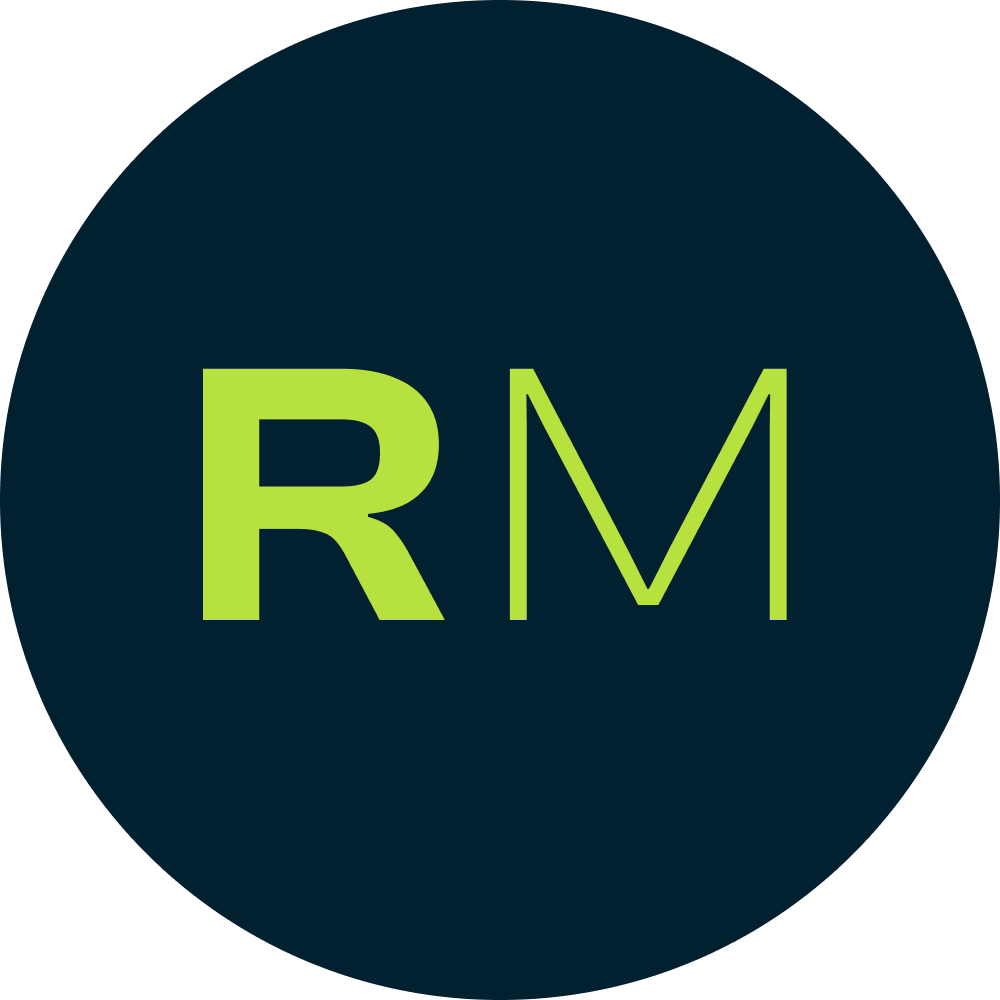About this portfolio
What, how and other questions
Index
Portfolio overview
I created this portfolio with two clear objectives. The first and most important one is to showcase my work. Putting a project or piece of work on paper provides a new perspective on what I have accomplished and how I have navigated the challenges that arose. In order to identify and address my weaknesses, I have sought feedback from both colleagues and my boss. This additional perspective has been invaluable in helping me to grow and improve as a professional.
As an example, during a small project at Tinsa, we faced a tight deadline, and I found myself spending more time than necessary on it. After completing the project, I had a conversation with my boss and identified a key area where I could improve: learning to distinguish between which aspects of a project require more time and attention, versus those that can be accomplished quickly. By identifying where investing more time makes a significant difference, I’ve been able to improve my approach to each new project. I now make a conscious effort to assess where my time will be best spent, and I’ve noticed positive changes in my work over time.
And Second, I wanted to make a ux project of my own. I wanted to take a break from the subject that occupies my mind most of my days, the real estate sector. It’s always good to oxygen your brain with other problems 🙂
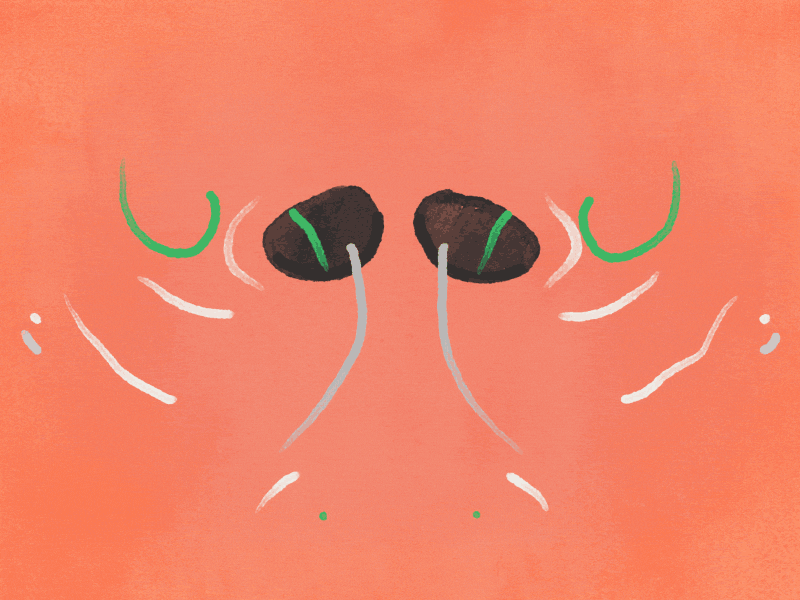
Research
For this portfolio I took information from different sources:
– What are recruiters looking for in a UI/UX portfolio? // UI from Mars (Spanish)
– NDAs: What to do when you can’t publish a project // UI from Mars (Spanish)
– What Should a UX Design Portfolio Contain? // Interaction design Foundation
– What Do Recruiters and Hiring Managers Look for in a UX Portfolio? // From Kyle Soucy
– The best UX portfolio I’ve seen // CX Delta
Once the main points have been selected, it’s time for a MOSCOW. The headings are adapted to the needs of the project.
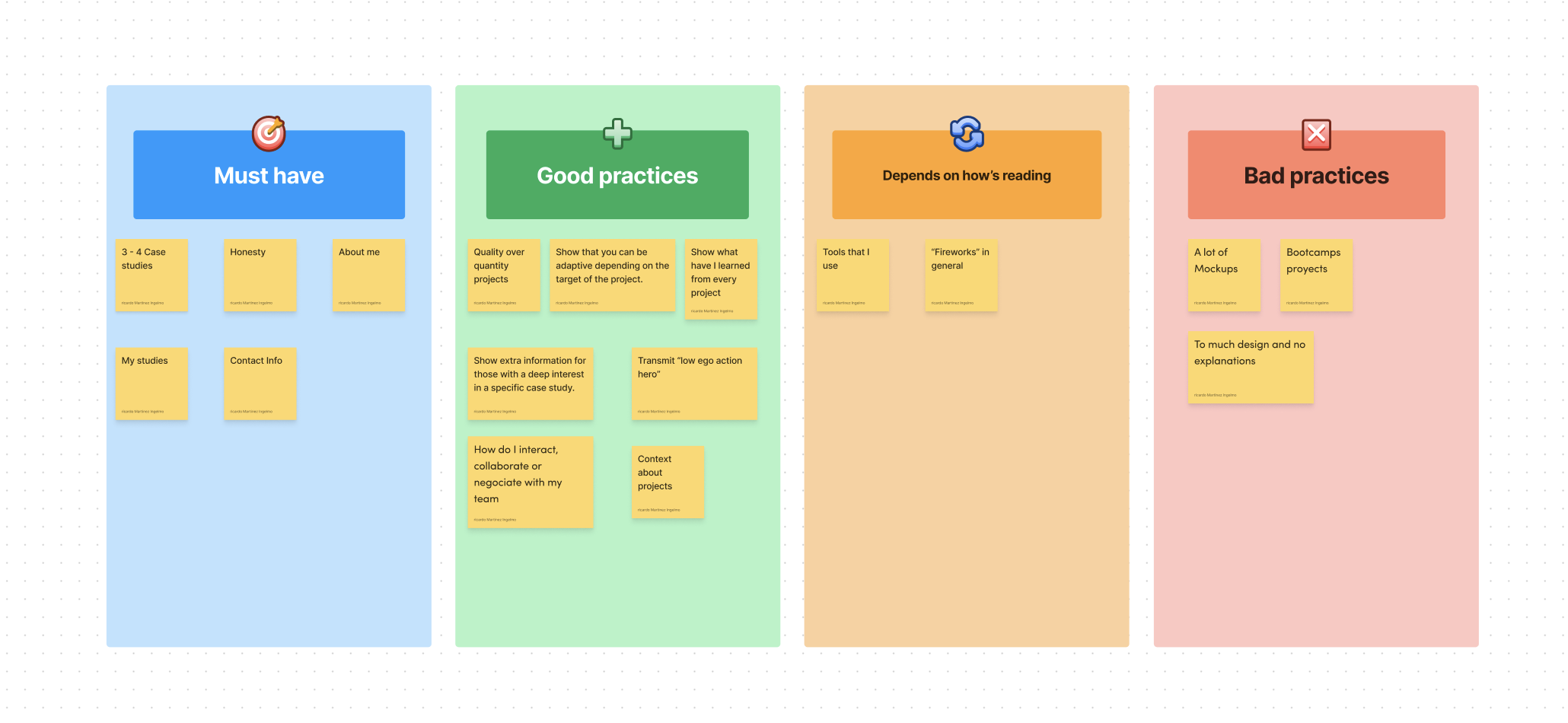
🎯 Must have
- 3- 4 case studies
- Honesty
- About me
- My studies
- Contact info
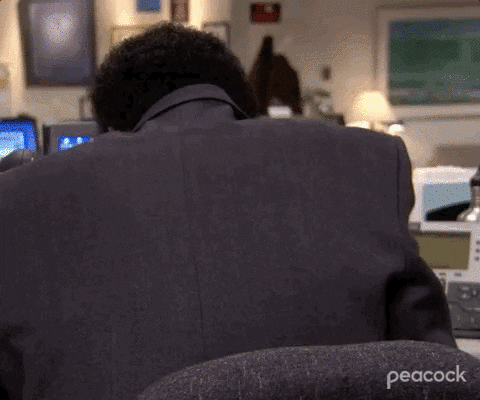
✅ Good practices
- Quality over quantity projects
- Context about projects
- Show that you can be adaptive depending on the target of the project
- Show what have I learned from every project
- Show extra information for those with a deep interest in a specific case study
- Transmit “Low ego action hero”
- How do you interact, collaborate or negotiate with the team

🥴 Depends on who's reading
- Show the Tools you use
- "Fireworks" in general
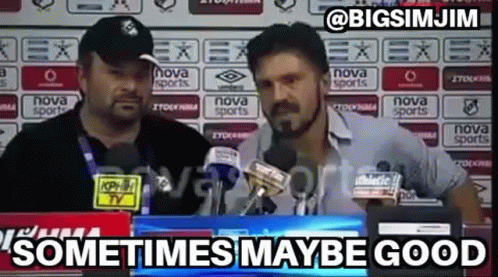
🚩 Bad practices
- A lot of mockups
- Bootcamps projects
- Too much design and no explanations
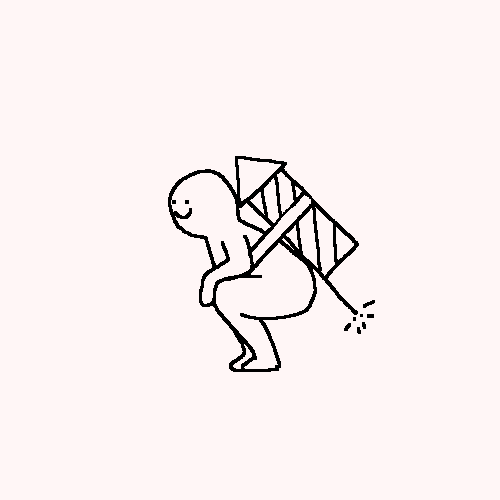
Long story short
Focus on doing an MVP, the strategy is doing the must points and then I start implementing the good practice points and test some hypothesis, like this About portfolio page. This page should be in constant update, with every new valuable information or if I’m able to make interviews to recruiters, CEO’s or HR people.
